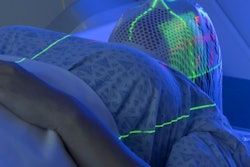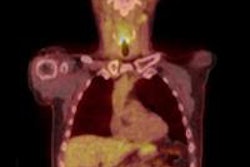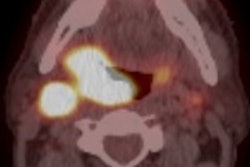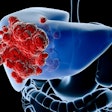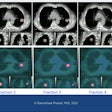The incidence of oral human papillomavirus (HPV) infection, the principal cause of a form of oropharyngeal squamous cell carcinoma, is increasing in young men in the U.S., according to a study presented at the Multidisciplinary Head and Neck Cancer Symposium, which begins today in Phoenix.
The study results correlate with statistics showing that incidences of throat cancer are increasing in younger men.
At a January 26 press conference, Dr. Maura Gillison, PhD, a professor at Ohio State University's College of Medicine, presented findings from a cross-sectional study conducted as part of the National Health and Nutrition Examination Survey (NHANES) 2009-2010. The study, which was jointly conducted with the National Cancer Institute, was designed to estimate the prevalence of oral HPV infection in the U.S. population and to determine factors associated with infection.
The study population consisted of 5,579 men and women between the ages of 14 and 69 who gave DNA samples through an oral gargle at mobile examination centers. Demographic information was collected through interviews and by using a computer-based questionnaire.
The prevalence of oral HPV infection was 6.9%. Rates of infection with oral HPV16, which results in a 14-fold increase in the risk of oropharynx cancer, was 0.98%. This corresponded to 2.13 million infected individuals in the U.S., Gillison said.
Men had a significantly higher prevalence than women for any oral HPV infection, at 10.1% compared with 3.6%, as well as for HPV16, at 1.6% and 0.3%, respectively.
Infection was more common among older men who were active smokers, and it increased based upon the number of cigarettes or cigars smoked each day. However, the research team determined that the risk of infection also correlated with a person's number of sexual partners. Individuals who said that they had no sexual partner had a less than 1% incidence rate, and those who reported they had one or more partners had an average incidence rate of 7.4%.
Gillison commented that it would be interesting to see if HPV vaccination trends of girls at the time of potential sexual activity will affect the trend of younger men acquiring the infection. Such studies might also provide information about the potential benefits of HPV vaccination among men.




